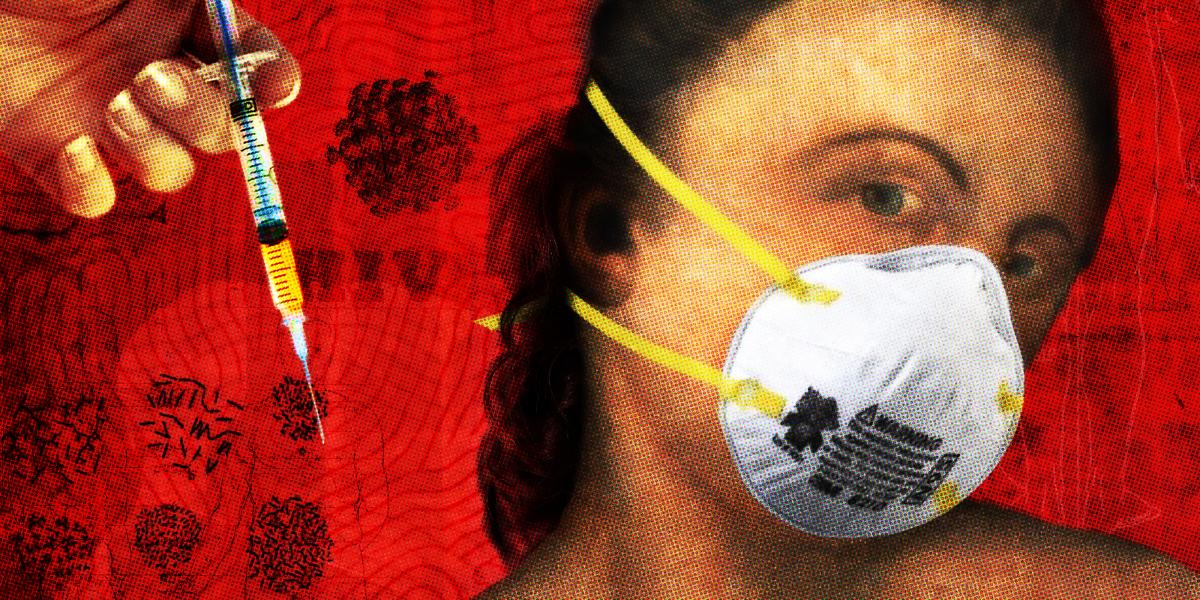The Axis of Infection
While vaccines—the most powerful weapons in the public health armamentarium—have driven other diseases like smallpox, measles and mumps to the margins of modern life, they have largely failed against three of the world’s most pernicious infectious diseases: HIV, malaria and TB.
Those diseases still thrive today. More than 33 million people are now living with HIV, which kills 2 million people each year, according to UNAIDS. Malaria infections each year top 250 million and cause nearly 1 million deaths. One-third of the world’s population is infected with TB, though only 5 percent to 10 percent of them will become sick or infectious at some point in their lives, according to WHO. TB still claims an estimated 1.3 million lives annually.
HIV, malaria and tuberculosis are caused by three different types of pathogens (a virus, a parasite and a bacterium, respectively), but they share at least one common trait: success at eluding human attempts to eliminate them. The pathogens have evolved in ways that make them skillful at avoiding the human immune system; this makes the task of creating a vaccine capable of sparking a successful immune response much more difficult.
Any hopes for ultimately ridding humanity of the pathogens hinge on effective vaccines, according to virologist Diane Griffin. “The most cost effective way to deal with infectious disease is to prevent it from ever happening,” Griffin says. “If you had them, vaccines would be the way to control these diseases.”
But designing vaccines for the big three is particularly tricky. Vaccines for smallpox, polio, measles, mumps, etc. have succeeded because they combat diseases for which natural infection results in immunity and protection. That made them “easy” to develop. “For malaria and HIV, natural infection doesn’t give you immunity,” says Gary Ketner, a virologist by training who’s now directing his experience against the malaria parasite. “You can’t look at the natural immune response and say, ‘Aha, this is what we need to do.’ So we need to do something novel with the vaccine, which the natural immune response doesn’t do.”
Absent a vaccine for HIV, for example, public health interventions rely on behavioral interventions, male circumcision, prevention of mother to child transmission, and other methods. These efforts all contribute to reducing the number of cases but fall short of the ultimate goal of disease elimination, says Griffin. Anti-HIV programs in the near future will have to rely on behavioral interventions, because candidate vaccines for HIV have proved disappointing so far. After several high profile failures of HIV vaccine candidates, researchers have to go back to the drawing board.
What’s needed is a better understanding of the basic biology of each organism and how the human immune system might be manipulated to recognize and attack the invading pathogens, says Ketner.
Ketner is drawing on his skills in virology to take on the malaria parasite. The adenovirus is a common source of mild infections in humans. Ketner and colleagues including former ScM student Chris Palma are trying to modify the adenovirus in ways that will induce protection against malaria. In essence, this means that he’s trying to join malaria parasite antigens to the adenovirus in ways that will train immune system to respond to the parasite. (An antigen is any substance that provokes the immune system to produce antibodies against it.)
Fidel Zavala, another faculty member of the Johns Hopkins Malaria Research Institute, is taking a very different approach. He is drawing on more than 30 years of experience in malaria research, including contributions that form the experimental basis for the development of the RTS,S malaria vaccine, which has cut in half the risk for malaria infection in recent clinical trials. Zavala envisions a two-part vaccine that first would use antibodies to neutralize the parasite within minutes of the mosquito’s bite—when there are just a few dozen parasites. If the antibodies don’t stop the parasites from reaching the liver, the second part of the vaccine would prompt CD8+ T cells to kill the any parasites in the liver.
“I’m extremely optimistic, but I’m long-term optimistic,” says Zavala, an immunologist. “There is no doubt in my mind that there will be a malaria vaccine. It’s inevitable that we will do it, but I don’t know how long it will take. Ten years is probably the shortest time.”
For TB, a magic bullet vaccine is unlikely, according to Richard Chaisson, director of the Center for TB Research. A vaccine against TB called BCG was first used in the early 1920s, however it has steadily lost its effectiveness against the TB bacterium. Creating a new vaccine with a near-100 percent efficacy rate will be extremely difficult when vaccines against easier-to-control viruses only reach the high 90s, says Chaisson, Plus, it’s unlikely a vaccine could help the 2 billion people who are already infected with TB, he says. Instead, Chaisson has brighter hopes for advances in treatment. New therapies developed and now being tested at the Center for TB Research Laboratory at the Johns Hopkins School of Medicine have the potential to dramatically reduce the duration of the current TB treatment regimen from the current six to nine months. Cutting the treatment in half would double treatment capacity in poor nations and make it more likely for patients to complete the therapy regimen.
Pointing to the advances in treatment and technologies for more rapid diagnosis, Chaisson says, “There’s a lot of exciting stuff happening that gives us reason to be optimistic.”
